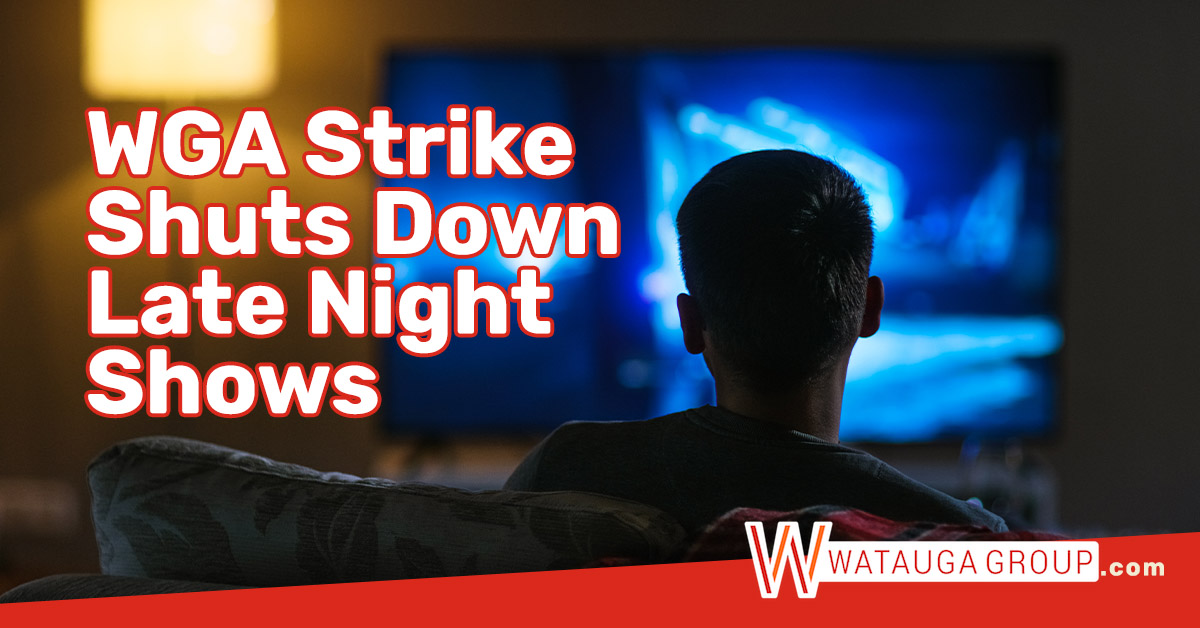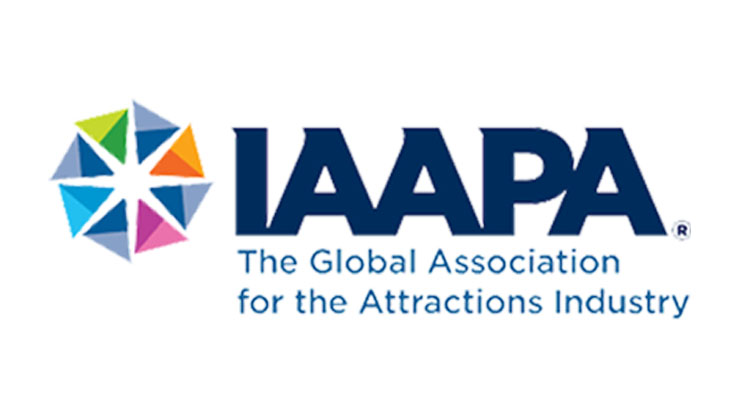As negotiations between the Writers Guild of America and the Alliance of Motion Picture and Television Producers (AMPTP) failed, the former decided to strike earlier this month. The two major points of contention are the overall compensation for writers and the use of tech advancements like AI in the scriptwriting process.
2007 WGA Strike
The last strike by the Writers Guild of America occurred 15 years ago, in November 2007, lasting for one hundred days until February 2008. The primary issue in the strike was the writers’ desire for a greater share of revenue from DVD sales, digital downloads, and streaming media. The strike, which involved 12,000 screenwriters, had a significant impact on the entertainment industry, and catapulted the then new genre of “reality” television to the forefront as it allowed production companies to avoid the need for writers. This programming genre is still proliferating the industry today with popular programing such as the Real Housewives franchise, Love is Blind and the long running Survivor series.
Current strike outlook
The current strike’s first impact was most evident on late-night television, with SNL halting the rest of its 48th season and airing re-runs. Additionally, NBC’s “The Tonight Show Starring Jimmy Fallon,” “Late Night with Seth Meyers,” CBS’ “The Late Show with Stephen Colbert,” ABC’s “Jimmy Kimmel Live,” and HBO’s “Last Week Tonight with John Oliver” and “Real Time with Bill Maher” are currently off the air. While the immediate impact on television is limited, many shows are filmed months in advance, the longer it goes on the more impact will be felt through reduced new scripted programs available to networks and streaming platforms. While some experts suggest that both parties are preparing for a lengthy dispute, the extent of the Writers Guild of America’s bargaining power is debatable. The current landscape of the entertainment industry is heavily focused on advertising technology, audience delivery and measurement, with network television and streaming providers placing less emphasis on programming or individual talent. The traditional model of a primetime schedule featuring long-running series has given way to a new paradigm in which most programming is created under work-for-hire arrangements and entirely owned by the studio. Advertising revenues are driven primarily by audience size, making the ability of the WGA to impact the bottom line of the industry’s major players uncertain.
How does this affect paid media buys?
The strike will potentially have an impact on current and future media buys for outdoor recreation and attraction brands. The longer the strike goes, the more effect possible on programming across linear television and streaming platforms. Outdoor and attraction advertisers need to consider the buys they have in-market to determine any adjustments needed and those on the horizon so that strategy and plans can be considered in lieu of programming availability. The most immediate impact is with buys intended to run in Late-Night programming where production has already ceased. Considerations will have to be made regarding ratings negotiations and potential alternative programming to deliver target audiences in the time needed. Longer term media strategies, plans, and buys will have to consider the strike’s impact on programming, inventory and potential new opportunities that develop in lieu of scripted content.
In conclusion, outdoor recreation & attraction brands should be considering the following steps:
- Review current linear television buys, consider moving late fringe programming to other dayparts or renegotiating rates.
- Look at post-buy analysis closely for under-delivery of contracted GRPs/Impressions.
- Closely monitor the progress of the strike and prepare to adapt future plans.










